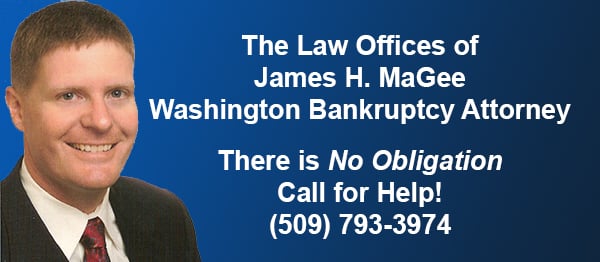"Foreclosuregate" and "robo-signers" seem to be words fading from the public lexicon, although in September and October 2010, such words dominated business media.
"Robosigners" were individuals who signed vast numbers of foreclosure related documents (usually, affidavits for those states requiring bank affidavits in the processing of a foreclosure). The vast number of documents signed per month by such individuals begged the question of whether such individuals were truly signing and reviewing the foreclosure related documents and affidavits.
"Foreclosuregate" was the general name given to foreclosures that may have been flawed – either because the foreclosure was done with "robosigner" documents or was subject of some other technical mis-procedure.
Banks, their employees and their outsourced employees rushing "robosigned" documents through a foreclosure court (in those few states requiring a judge’s signature or judicial proceeding to foreclose – Washington state is not one of these states) may be undesirable, but perhaps understandable. Over 2.25 million foreclosures are expected in 2010, and 2 million more expected in each of 2011 and 2012. Many of these homes are abandoned – and many more involve owners who could not afford any mortgage payment whatsoever, so for that subgroup, even a modification is not plausible.
Perhaps three questions should be considered before the cheers grow to burn the foreclosure lawyers and the banks at the stake: First, did or did not the homeowner borrow funds to purchase a home? Second, did or did not the homeowner fail to make the payments? Third, what is to be gained by giving someone a "free house" by alleging technical procedural problems in a foreclosure?
Perhaps the most widley recognized consumer advocate attorney pursuing banks is O. Max Gardner, III, a Shelby, N.C. attorney. Mr. Gardner offers a "bootcamp" to lawyers to teach bankruptcy litigation techniques. Mr. Gardner is referenced the the October 16, 2010, NY Times article of Barry Meier – see link below:


